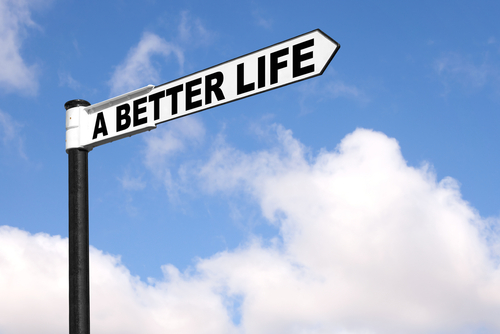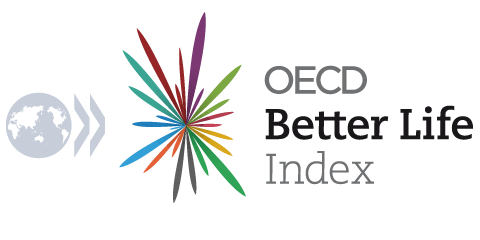Were things really better back in my day?
By Elena Tosetto, OECD
Who hasn’t heard, at least once, an old or even not so old person regretting “the good old days” when “things were better”? But what if they were wrong?
The recently released “How’s Life? 2013” compares life today to what it was 20 years ago, focusing on the 11 dimensions that, contribute to the good life: income, jobs, housing, work-life balance, education, health, social connection, civic engagement, environment, personal security and life satisfaction. Judging by these standards, people’s quality of life in developed and emerging economies has considerably improved. Material conditions such as how much money you make and whether you have a job or not, have improved – average income per person per year is 26% higher than it was in the 1990s. People have not only got wealthier, but they are also healthier, as they live 6 years longer on average than in the 1990s. People are more educated (nowadays 75% of people have at least an upper secondary degree, compared to 64% in 1997) and live in a less polluted and safer environment. The only setback is that people are increasingly disengaged from formal political institutions: voter turnout has dropped by around 7 percentage points in recent elections compared to levels in the 1990s.

All in all, average well-being has improved, proving our nostalgic neighbours wrong. Life is not equally good across the board, though. On the one hand, people living in countries with the lowest levels of well-being twenty years ago, now enjoy better lives (for instance despite the steep rise in unemployment linked to the crisis, employment and education levels are now higher in Italy and Spain than in the 1990s) and increasingly so, i.e. they are catching up with citizens from countries with high well-being levels. On the other hand, every country shows well-being disparities across the population. Young people, women, immigrants, poorly educated and low income people are in general less wealthy, less employed, less healthy and less educated. They also declare that they are less engaged with institutions, feeling less satisfied with their life and lower social connexions in case of need.
So how can governments get everybody a better life?
The good news is that in the countries with the smallest well-being differences among groups, life tends to be better overall, meaning that the trade-off between equity and overall prosperity is smaller than what is usually thought. Investing in people’s well-being throughout their life, for instance by fighting children poverty and helping them access good education, is key to ensure better lives for all.
Find out more:
How's Life? 2013: Measuring well-being

Comentarios